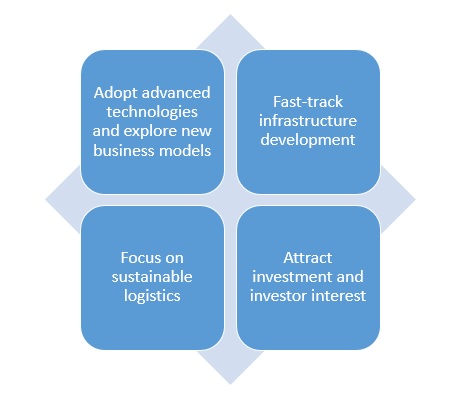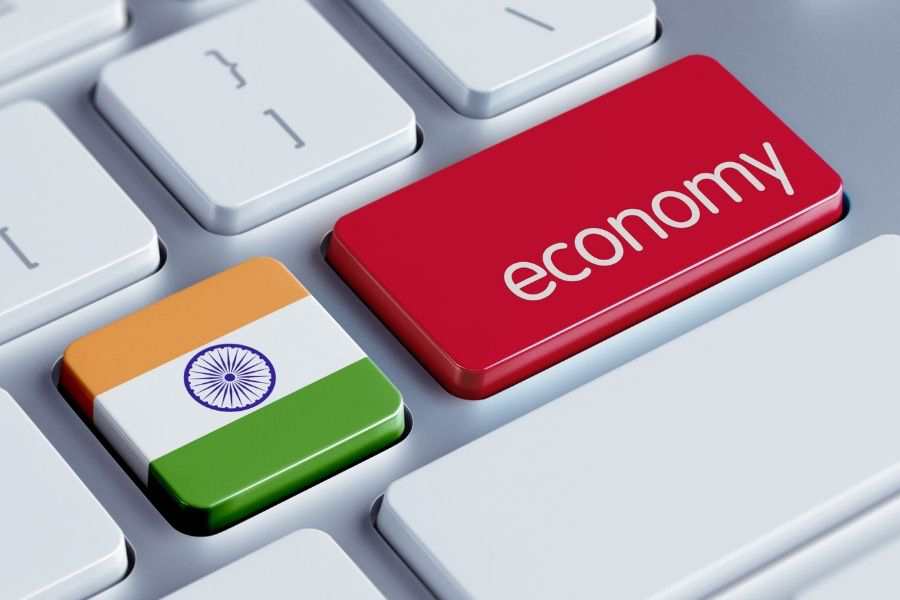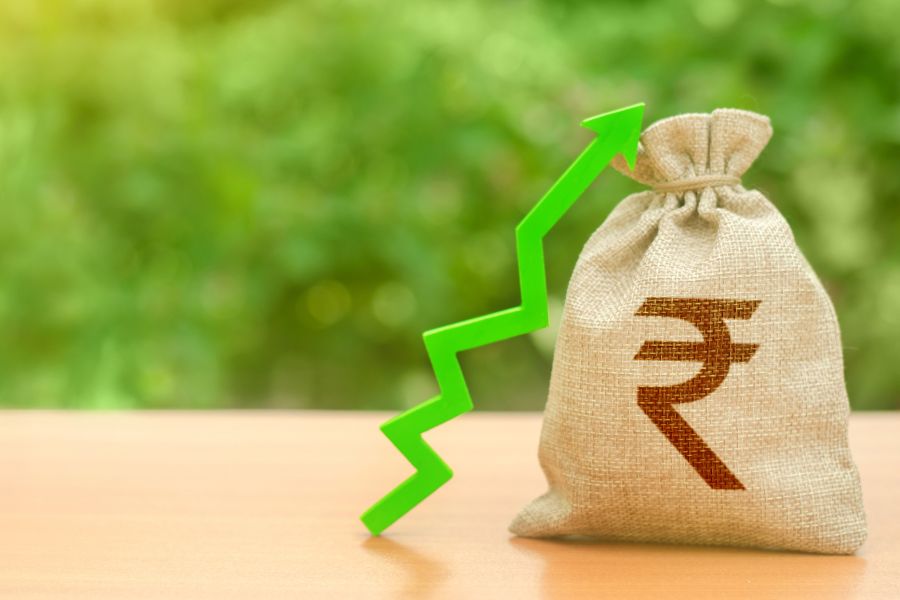India’s logistics sector gains momentum
India leaps six places to hold 38th rank in the World Bank’s Logistic Performance Index (LPI) 2023 comprising of 139 countries from 44 in 2018. The development is credited to significant investments in both soft and hard infrastructure as well as technologies. Initiatives like PM Gati Shakti and National Logistics Policy (NLP) have proved to be major growth drivers for the sector.
Collaborations between enterprises, consulting companies, startups, and academia can also help build industry-specific capabilities and maximize the impact of NLP. With the rising growth in the logistics sector, businesses across various industries can be benefitted along with the creation of new job opportunities.

Image Credit: Shutterstock
The World Bank released its 2023 Logistics Performance Index after three years of unprecedented supply chain disruptions during the Covid-19 pandemic. The report measures the ability of 139 countries’ potential to move goods across borders with speed and reliability.
The report reflects India’s development in the sector as the country has climbed to 38th position in 2023 from 44th position in 2018. The LPI considers various factors like ease of establishing reliable supply chain connections, quality of logistics services etc. along with six crucial components:
- Efficiency of customs and border management clearance
- The quality of trade and transport-related infrastructure
- The ease of arranging competitively priced international shipments
- Competence and quality of logistics services
- Ability to track and trace consignments.
- The frequency with which shipments reach consignees within the scheduled or expected delivery time.
The report stated, “Since 2015, the Government of India has invested in trade-related soft and hard infrastructure and connecting port gateways on both coasts to the economic poles in the hinterland. Technology has been a critical component of this effort, with implementation under a public-private partnership of a supply chain visibility platform which contributed to remarkable reductions of delays.”
Challenges and solutions
India’s transportation and logistics sector is crucial to support the fast-paced growth which it is poised to achieve in the next 25 years. Although the sector has recorded impressive growth over the years, it is still grappling with several structural challenges such as:
- Long durations, complex regulations, delayed clearances and a significant amount of paperwork affect the inter-state movement of goods.
- Several intermediaries in the ecosystem lead to multiple cargo exchanges, increasing costs and operational inefficiencies.
- Service providers and customers face an inability to track and trace the cargo due to a lack of end-to-end supply chain visibility.
To address these challenges, there have been some developments in associated infrastructure which is in line with the changing business environment, some of these are:
- Launch of multiple start-ups and the government’s initiatives like “Make in India”, Unified Logistics Platform (ULIP) etc. are helping to bring greater transparency in the logistics sector.
- Digitization of work processes to facilitate paperless processing of documents and clearances and enhanced tracking of shipment helps to increase the speed of movement of goods and reduce logistics costs.
- The government has shifted its focus on infrastructure development to increase the pace of the movement of goods. The road network of India has grown from 62.15 lakh km in FY21 to 63.73 lakh km until Jan 2023.
- As a part of the Dedicated Freight Corridor (DFC), India has pledged US$ 38 billion (INR 3 lakh crore) to develop exclusive rail tracks and associated infrastructure for the movement of goods trains.
- Under the Maritime India Vision (MIV), the government has pledged US$ 38 billion to US$ 44 billion (INR 3-3.5 lakh crore) across ports, shipping and inland waterways, which will help unlock US$ 2.5 billion (INR 20,000 + crore) worth of potential annual revenue for Indian ports.
Strategies to enable the logistics sector

Source: EY
With the National Logistics Policy (NLP), India aims to reduce logistics costs from 13-14% of GDP, to 8-10% of GDP by 2030. It is estimated that a 10% reduction in indirect logistics costs will result in a 5-8% rise in exports.
Need of the hour
Green logistics is gaining traction, as 75% of shippers exporting to high-income countries seek eco-friendly options. India can capitalize on this trend by investing in sustainable logistics to improve its performance. The rise in India’s ranking in the Logistics Performance Index 2023 is encouraging for its logistics sector, which is vital to its economic development.
Increased public-private partnerships and co-innovation efforts can greatly benefit the logistics industry. Collaborations between enterprises, consulting companies, startups, and academia can also help build industry-specific capabilities and maximize the impact of NLP. With the rising growth in the logistics sector, businesses across various industries can be benefitted along with the creation of new job opportunities.













Leave a comment